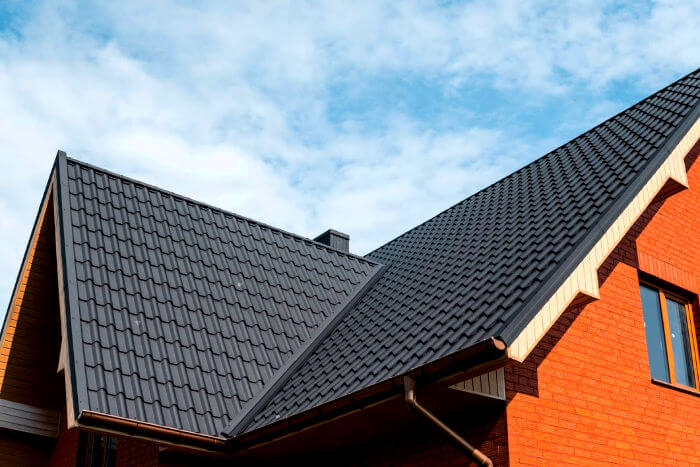Water Will Certainly Find a Method
Water marks on a ceiling, or worse, leaking water, may have you worried that your whole roof is in tatters. But even if there's a leak doesn't imply your roofing will need a large amount of repairs. In some cases quiting it is as basic as loading a crack with caulk, changing a couple of shingles, or mounting some blinking-- a membrane layer or layer of metal that gives a mechanical barrier to reroute water at corners, gaps, spaces, and also other places susceptible to leaking.
Fallen tree limbs, hail storm, as well as even wind can loosen or get rid of roof shingles. Damaged flashing is one more typical perpetrator. Even rubberized boots around plumbing pipes, or with incorrectly set up dish antenna or photovoltaic panels can trigger separated leaks. To determine what type of leakage you have actually jumped on your hands, initially try to map it to its origin.
Looking for Leaks
It's simplest to discover a leakage when it's raining outside. Bear in mind that water frequently accumulates at a place that's different where it's entering-- it typically diminishes the length of a rafter or stud and also only trickles once it reaches a nadir.
In an incomplete http://www.bbc.co.uk/search?q=Ramsey Roofing attic room, the framework shows up, so simply start at the leakage and also look along the length of any kind of wood framing that leads to that point, to see if you discover a trail of water that comes from higher up on your roof covering. In an ended up attic, you'll require to utilize a portable device called a stab saw to cut away any drywall that blocks your sight. Once you assume you have actually found the origin, consider top of the roof covering (you can do this securely from the ground with a pair of binoculars) to see if you can determine any type of obvious perpetrators, like missing tiles, or worn out flashing Ramsey roof installation near a chimney.
If you can not situate the leakage on your own, a licensed roofing contractor can carry out an assessment and also make recommendations concerning whether repair work or substitute is required. Even if you're able to situate your own leak, you'll want to leave the repair work task to a pro-- climbing onto your roofing with a tall expansion ladder is a dangerous job. Most leakages can be stopped if they're limited to a couple of places. If, however, you're experiencing reoccuring leaks, and your roofing runs out service warranty, it may be time for a brand-new roof covering. The money you would certainly invest in numerous short-term repairs is most likely much better related to a new roof covering with a lengthy guarantee.

Other Warning Signs
You don't have to wait for leaks to appear before you take into consideration repair services to your roofing, however. Missing, damaged, or curling roof shingles can all be signs of leaks to come. As well as the age of your roofing itself can be a guide-- house owner's insurance companies typically assume an asphalt tile roof will last about two decades, and also some insurers will not give coverage if your roofing system is older than that. If your roof covering was placed on by the previous proprietor of your house, a professional roofer or an accredited house inspector can usually give a rough estimate of the age, based upon the problem of the tiles.
Even without leakages or apparent indicators of damage to the roofing, it can make sense to change an out-of-warranty roof covering that's greater than twenty years old. That's because when a leakage establishes, it can do significant damages to the timber sheathing beneath the roof shingles. And if that sheathing ends up being deformed or rotted, replacing it can include a number of thousand dollars to the overall expense of your new roofing system when you do get around to replacing it. The picture listed below shows the various layers associated with a regular roofing system.
Insurance coverage Coverage
Prior to you hire anyone to work on your roof covering, call your home owner's insurance company to check your deductible and protection for roof covering repair work or substitute. You'll wish to evaluate your out-of-pocket prices against the expense of replacing your roof completely. Consider any resulting increase in your premium too-- it might make more feeling to just cover the price on your own.
Generally, house owner's insurance policies might cover, or add towards, the repair work of separated leaks, yet won't cover the expense of substitute. Most insurance firms will send an adjuster to offer an estimate for the repair work, and also policies commonly cover fixings to the roof covering, along with any kind of damages to the framing, drywall, or flooring that arises from a dripping roof. If you do receive a payout from your insurance provider, you can utilize that cash to make the details repairs, or apply it toward the expense of a total substitute.